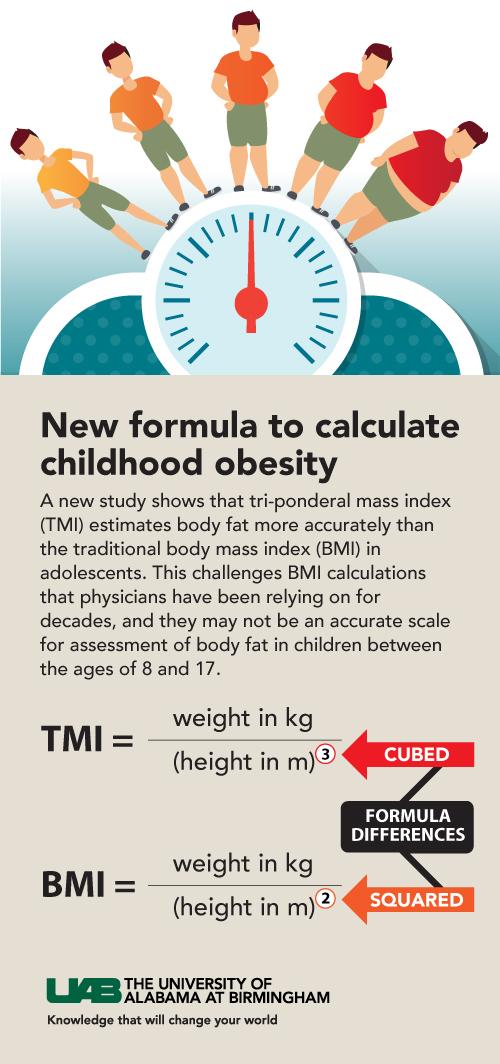September 2002 � Even among healthy adolescents, differences exist between ethnic and gender groups that may predict high blood pressure without an identifiable cause, suggest the results of a study of black and white males and females.
High blood pressure without a known cause is called essential hypertension, while secondary hypertension is caused by conditions including chronic kidney diseases, alcohol abuse or hormonal disturbances. The majority of high blood pressure patients have essential hypertension.
"The sex and ethnicity differences we observed in apparently healthy individuals may be important in explaining the ethnicity and sex differences in the prevalence of cardiovascular disease," says lead study author Frank Treiber, Ph.D., of the Georgia Prevention Institute and the Departments of Pediatrics and Psychiatry at the Medical College of Georgia in Augusta.
Treiber and colleagues examined nine blood samples from more than 200 adolescent study participants. The study participants were healthy, but all had a family history of cardiovascular diseases involving high blood pressure and early heart attacks. These individuals were culled from a long-term study on heart disease risk factors in children.
The blood samples were collected during 20 minutes of relaxation as well as two stress tests: a 10-minute video game and applying a plastic bag of crushed ice and water to the subject's forehead for one minute. In addition to the blood samples, blood pressure measurements were taken multiple times throughout the study period.
Continue Reading Below ↓↓↓
Black participants, regardless of gender, exhibited greater blood pressure increases than the white subjects in response to both types of stress, the researchers found. When they compared the study participants in terms of sex, they found that males tended to exhibit higher blood pressure levels than females even during relaxation. These differences persisted during both the video game and ice pack experiences. The study results are published in the September/October issue of the journal Psychosomatic Medicine.
The researchers also examined blood levels of a chemical called endothelin-1, which makes blood vessels constrict, and their findings paralleled the blood pressure findings: Blood levels of this chemical were higher in black participants and males.
Other researchers have also noted this endothelin-1 phenomenon, but the mechanism behind it is still uncertain and requires further study, Treiber notes. The researchers also note that although their findings agree with other findings, they need to be interpreted with caution since the study participants have a family history of cardiovascular disease.
Some researchers have reported that, in patients with a family history of high blood pressure, the thickening and hardening of the arteries known as atherosclerosis is connected with the level of endothelin-1 in the blood, according to the study.
This study was supported by grants from the National Institutes of Health.
Source: Center for the Advancement of Health










